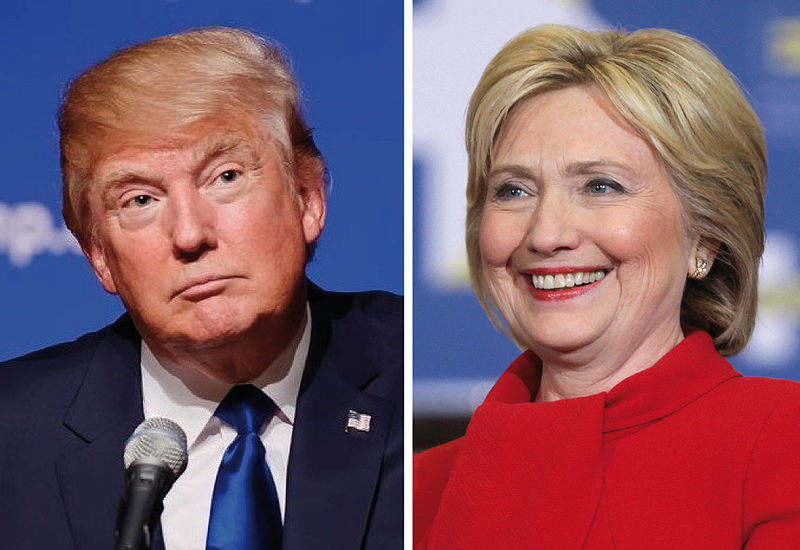
The latest monthly trade figures are one reason why.
Look, we hate to say we told you so. But we totally told you so.
We’ve been saying for months that trade was going to be the defining issue in the 2016 presidential campaign — especially in states with a big manufacturing presence. Places like Ohio. And Wisconsin. And Pennsylvania.
And Indiana.
Trade drove Tuesday’s primary in the Hoosier State. Donald Trump’s anti-trade rhetoric put him over the edge in Indiana, and voters there likely helped him clinch the GOP presidential nomination.
But don’t forget what happened on the Democratic side, either. Sen. Bernie Sanders continues to play spoiler, and bested frontrunner Hillary Clinton in the state. Of note: Sanders appeared at a big rally in Indianapolis on Friday against Carrier, which is shipping thousands of jobs to Mexico.
Clinton is still far ahead of Sanders in the race and will likely be the eventual nominee. But the Vermont Democrat’s Indiana victory shows that anger over trade isn’t limited to Republicans. Americans from both parties want to see real action.
As a nonpartisan institution, we really have no skin in the game. Our message to all the presidential candidates is that it is time to get serious about the impact unfair trade has had on Americans.
And we’re here to remind everyone that the trade issue isn’t going away.
Here’s one reason why. The Commerce Department released the latest monthly trade figures on Wednesday morning, and the overall goods and services deficit is still very high — it hit $40.4 billion in March. The overall goods deficit with China? That hit $26 billion.
As AAM’s own Scott Paul noted:
“The majority of voters want fair trade practices that promote American workers. They’ve seen the devastation that comes when a factory closes due to unfair trade. … Until policymakers get serious about balancing our trade deficit, and insist that the Chinese government honors its overcapacity and trade promises, American workers will continue to struggle.”
There are more reasons why trade is going to remain on voters’ minds ahead of November. In March, American manufacturing expanded at its slowest pace since September 2009, as the U.S. was in the midst of the Great Recession.
Meanwhile, China’s massive industrial overcapacity continues to devastate communities across the country. More than 13,500 steel workers have faced layoffs because of steel imports crisis, for example.
Which brings us back to the eventual Trump-Clinton showdown. Trump, of course, has made trade the hallmark of his campaign — and it’s expected he is going to attack Clinton over the issue, including the fact that her husband, former President Bill Clinton, signed the NAFTA trade agreement.
But Clinton isn’t dodging the issue. She’s toured a number of manufacturing facilities in recent days, and has pledged to stand up to China over the steel crisis.
It’s likely going to be a long, nasty campaign. Expect a lot of trade talk.
